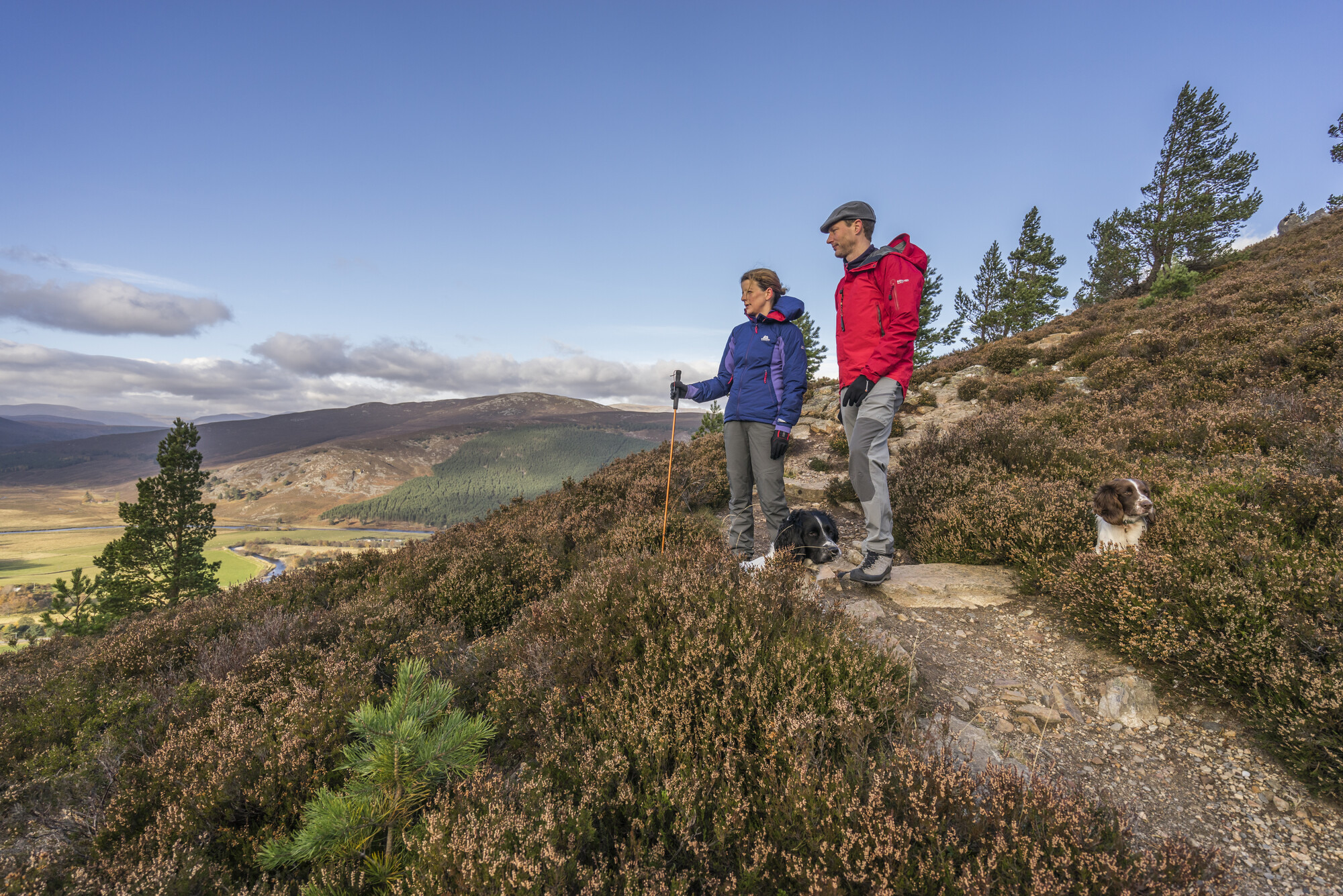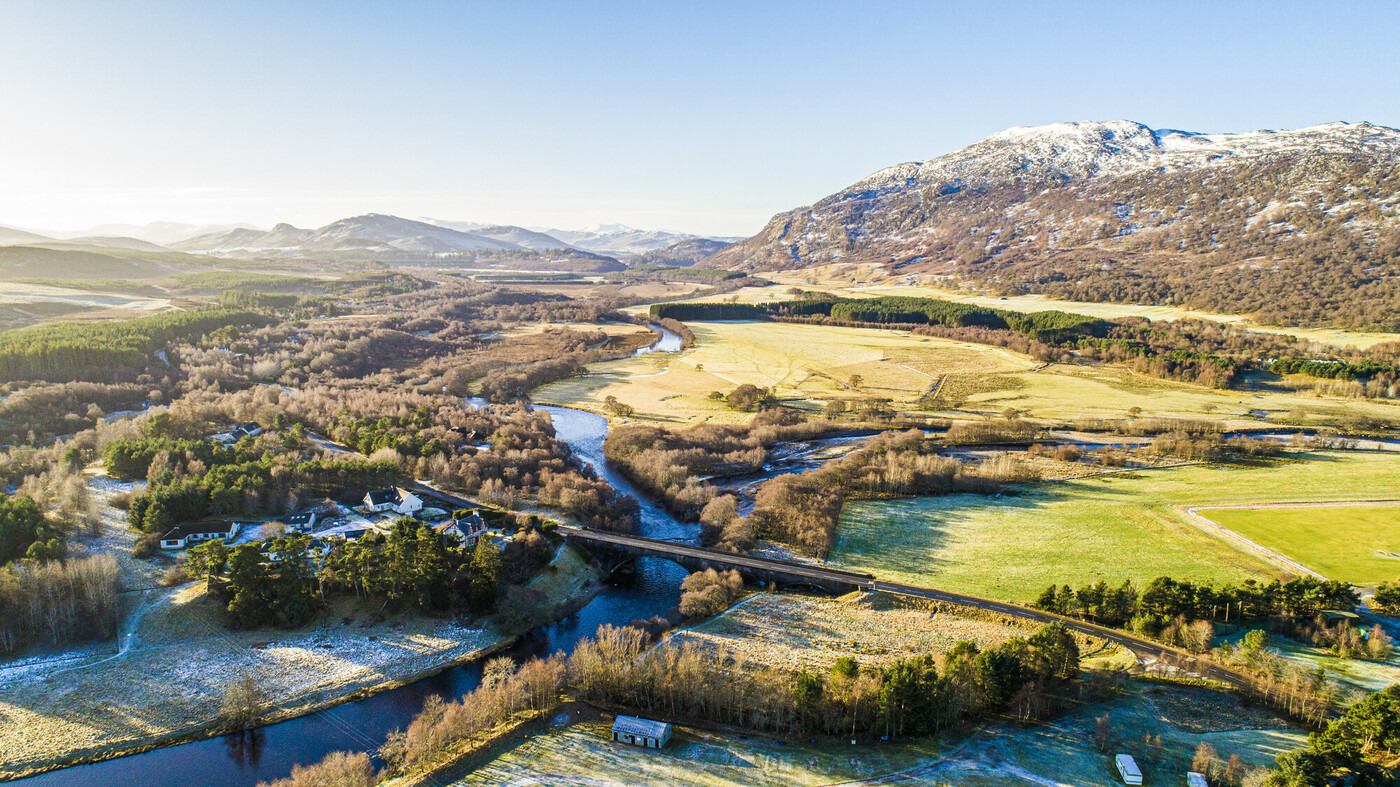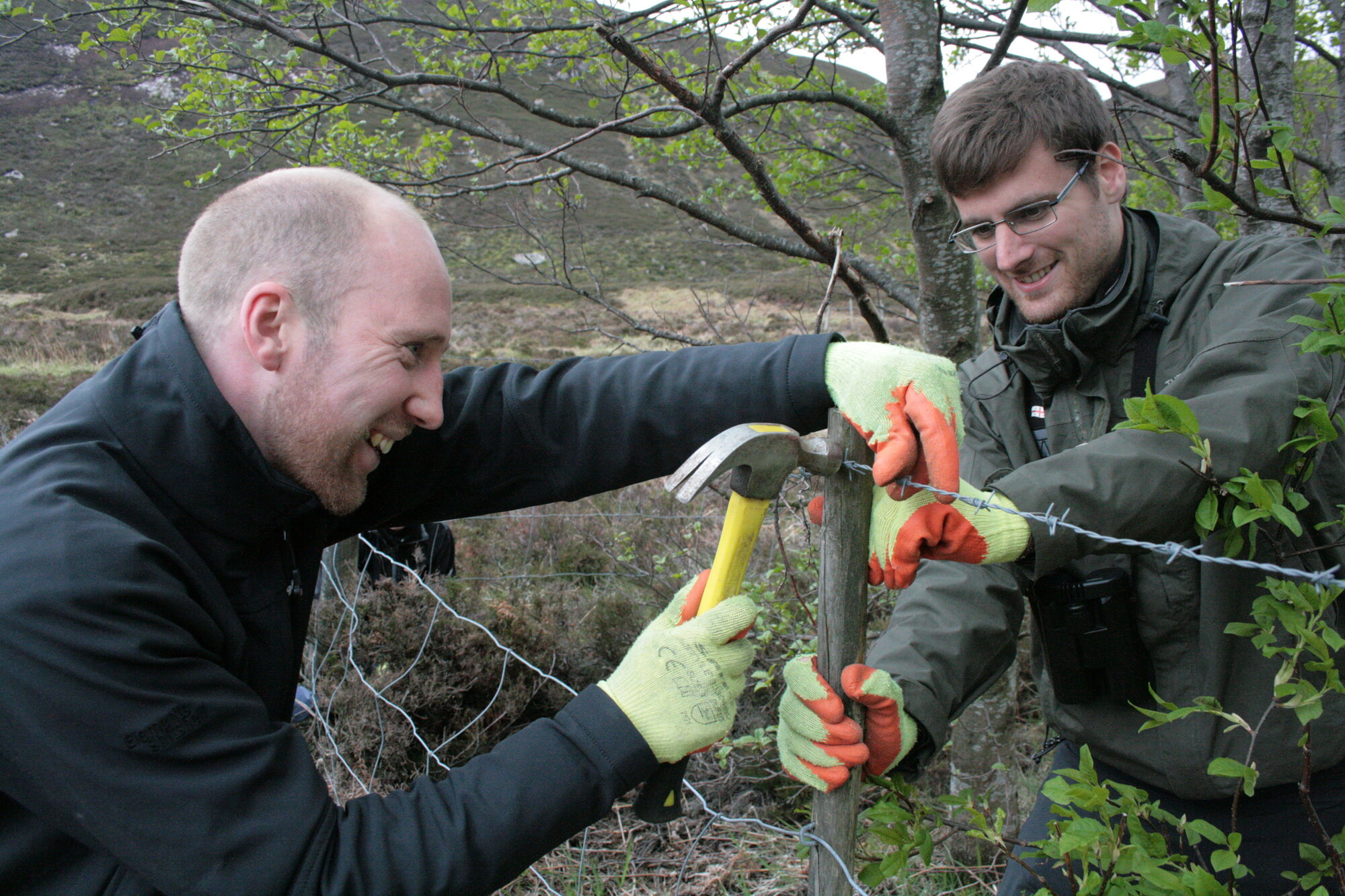Managing Deer for Nature and Climate Change consultation response
Cairngorms National Park Authority 14 The Square Grantown on Spey PH26 3HG
T: 01479 873 535
27 March 2024
Wildlife Legislation Team The Scottish Government Area 3H‑S Victoria Quay Edinburgh EH6 6QQ
RE: Cairngorms National Park Authority response to Managing Deer for Nature and Climate Change consultation
Managing Deer for Nature and Climate is fundamental to delivery of National Park Partnership Plan objectives for woodland expansion, peatland restoration, reducing deer and herbivore impacts, and improving ecosystem resilience and functionality.
Deer are an important species in the National Park, providing income, employment, and enjoyment. However, we need to reduce the impact of deer and other herbivores in key areas of the National Park to meet our climate and nature commitments. This includes the management of red deer in the open range and within expanding woodlands, the management of roe deer in agricultural land and woodland and the ability to control non-native sika and fallow deer.
Enhancing the natural environment
The Park Authority supports the principle of Deer Management Nature Restoration Orders (DMNROs) that would provide NatureScot with a power to require nature enhancement in addition to their existing powers to prevent damage. This additionality
is crucial to tackling the twin nature and climate crisis and rectifies some of the inadequacies of the current regulatory approach.
The Park Authority would wish to be a statutory consultee on the introduction of any DMNRO within the National Park and would expect DMNROs in the National Park to be directly linked to the delivery of National Park Partnership Plan objectives and targets.
The Park Authority considers there needs to be more information and further detail regarding where DMNROs would be applied, what the criteria would be for selecting areas, how DMNROs would be applied in areas with a significant mix of herbivores e.g. sheep, sika and roe deer, and how DMNROs tie in with existing statutory measures for deer management and other powers such as Land Management Orders.
We would also like to see more emphasis on the effective management of roe deer populations, which can be a significant constraint on woodland expansion and enhancement.
The Park Authority feels the development of DMNROs should be linked with the development of long-term deer management incentives. This is to ensure that where a reduction in deer numbers results in a reduction in sporting income, there is support for maintaining deer management to deliver public policy outcomes for woodland expansion, peatland restoration and biodiversity recovery.
Changes to close seasons
The Park Authority supports the date for the close season for hinds being moved from 16 February to the 31 March but does not support the movement of the date from the 20 October to the 30 September.
In considering a change to the close season for female deer, the Park Authority recognises the balance of being able to reduce deer damage with the need to protect dependent deer calves. Any change still leaves the decision of when to shoot at the discretion of the landowner. Extending the open season for all species of female deer up to end March will enable those who wish to shoot females, to do so without increased welfare concerns. It will not compel those who do not wish to cull female deer with well- developed foetuses to do so.
The Park Authority considers that shooting female deer with dependent calves in October can create deer welfare problems. A calf orphaned in October will almost
certainly die from exposure, inadequate nutrition and / or lack of knowledge on how to cope with severe weather events. Culling large numbers of female deer on the open hill or in woodland will almost certainly orphan calves, as it’s not always obvious which hind is the mother of which calf, and calves are not always visible with their mothers in thick woodland vegetation.
The Park Authority also considers that many deer populations throughout the Cairngorms and Scotland have been reduced within the current close season dates, suggesting that the current close season is not a major constraint on achieving targets.
As such we therefore feel there are reasonable arguments based on welfare and efficacy for retaining the date for the end of the current close season for all female deer as the 20 October and not reducing the close season nearer to the date of birth than current.
Venison
The Park Authority would like to see further work carried out in Scotland to promote and expand the use of venison, especially with the proposed increase in culling, to maximise opportunities for branding and marketing of the product in Scotland.
Abolishing the Venison Dealers Licences (VDL) and treating deer similarly to other game could have positive outcomes. Currently the emphasis is placed on those who buy venison to hold a VDL, switching that emphasis onto deer managers who sell venison could result in more comprehensive cull reporting. Overall, there is a need to ensure the system provides good levels of traceability and safeguards the venison sector.
Yours sincerely
Grant Moir Chief Executive Officer




